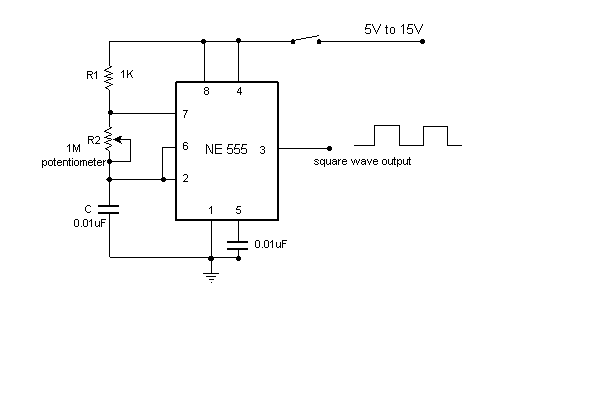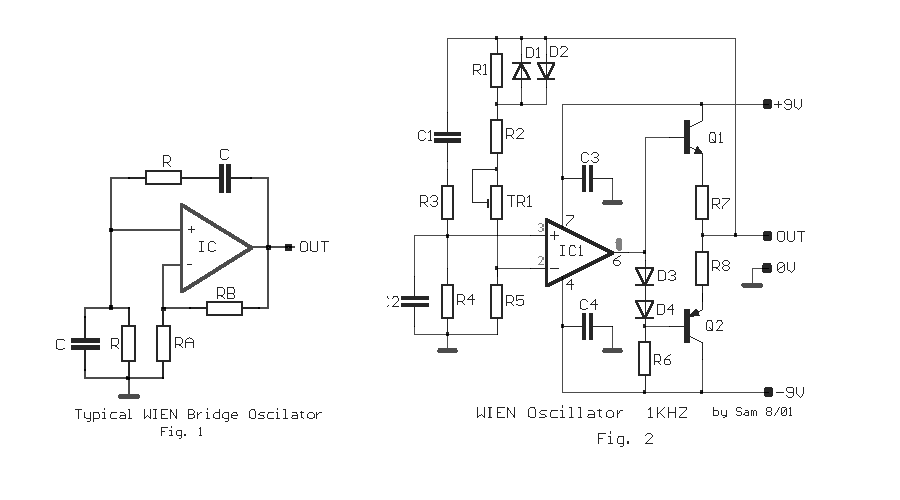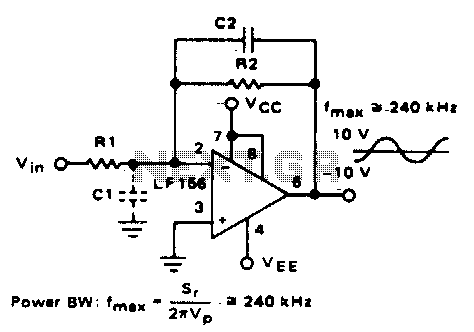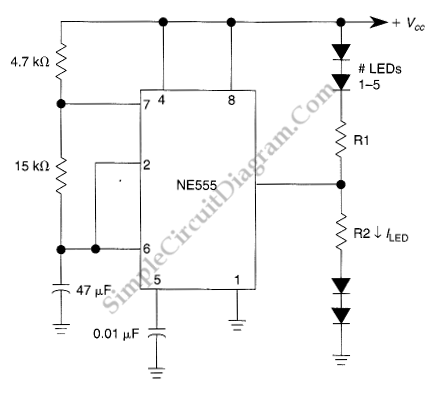
Wide Frequency Range 555 VCO

The frequency of the 555 timer can be adjusted by varying the voltage applied to pin 5. However, the range and linearity of this frequency adjustment are quite limited.
The 555 timer IC is widely used in various applications, including timers, pulse generation, and oscillators. When configuring the 555 timer in astable mode, the frequency output can be influenced by the resistors and capacitor connected to it. Pin 5, known as the control voltage pin, allows for external voltage adjustments, which can modify the timing characteristics of the circuit. By applying a varying voltage to this pin, the duty cycle and frequency can be altered; however, this method has its limitations.
The adjustment range is constrained by the internal circuitry of the 555 timer, which typically requires a stable voltage range to function optimally. The linearity of the frequency response when adjusting pin 5 is not ideal, meaning that small changes in voltage do not necessarily result in proportional changes in frequency. This non-linear behavior can lead to challenges in applications requiring precise frequency control.
For improved frequency modulation, it may be beneficial to incorporate additional components, such as operational amplifiers or digital potentiometers, to enhance the control over the voltage applied to pin 5. This approach can facilitate a more extensive and linear frequency adjustment range, allowing for finer tuning of the output frequency. Additionally, careful selection of external resistors and capacitors can further optimize the performance of the 555 timer in specific applications.The 555 frequency can be varied via adjusting the voltage at pin 5. However, the range and linearity of frequency adjustment is very limited. This is a way.. 🔗 External reference
The 555 timer IC is widely used in various applications, including timers, pulse generation, and oscillators. When configuring the 555 timer in astable mode, the frequency output can be influenced by the resistors and capacitor connected to it. Pin 5, known as the control voltage pin, allows for external voltage adjustments, which can modify the timing characteristics of the circuit. By applying a varying voltage to this pin, the duty cycle and frequency can be altered; however, this method has its limitations.
The adjustment range is constrained by the internal circuitry of the 555 timer, which typically requires a stable voltage range to function optimally. The linearity of the frequency response when adjusting pin 5 is not ideal, meaning that small changes in voltage do not necessarily result in proportional changes in frequency. This non-linear behavior can lead to challenges in applications requiring precise frequency control.
For improved frequency modulation, it may be beneficial to incorporate additional components, such as operational amplifiers or digital potentiometers, to enhance the control over the voltage applied to pin 5. This approach can facilitate a more extensive and linear frequency adjustment range, allowing for finer tuning of the output frequency. Additionally, careful selection of external resistors and capacitors can further optimize the performance of the 555 timer in specific applications.The 555 frequency can be varied via adjusting the voltage at pin 5. However, the range and linearity of frequency adjustment is very limited. This is a way.. 🔗 External reference





